THE FUTURE OF WATER SUSTAINABILITY
Brett Mernin, Bruce Grobler and Jose Giacomoni are long-time specialists in the use of variable speed drives in pumping applications at Control Techniques. Together, they look at the challenges facing the modern water and wastewater industries as well as the importance of VSDs in reducing operating costs and improving sustainability.
Pumps are at the heart of every water installation, and variable speed drive (VSDs) manufacturers
are continuously innovating to support the industry and help reduce operating costs as well as improve
efciency. Energy and water have several characteristics in common; they are both essential to modern
life, they are diminishing resources which pose a global challenge, and sustainability can be improved by
reducing the consumption of both. Addressing these issues together can beneft consumers, operators
and the environment.
Traditional energy sources are being supplemented by renewables, and some water treatment plants are taking advantage of anaerobic digestion to support their business. At the same time, reducing energy usage is equally important from a cost perspective as well as an environmental position. Furthermore, when energy costs have such a signifcant impact on water prices for the consumer, making the most effcient use of these resources benefts everyone.
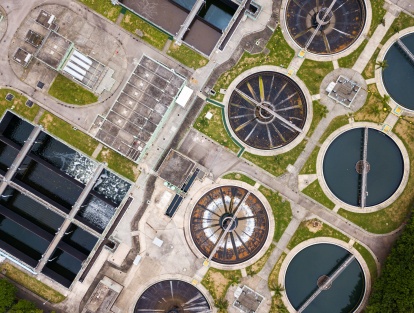
INCREASED URBANISATION
A number of major global trends are directly affecting the water sector. Urbanisation is placing much
greater pressure on the existing infrastructure, which means utilities need to make the most of the
current installed base of equipment and extend its service life. Adding to this, most national water assets
have been in place for decades, and historically, utilities have a reactive approach to maintenance, only
taking action when a failure occurs. In many cases, built-in redundancy ensures an uninterrupted supply of water, but the ageing infrastructure needs signifcant investment. This can be supported with a proactive maintenance strategy that uses modern data collection and analysis to optimise repair schedules. Looking at the scale of urban growth, this often necessitates the construction of new treatment and water distribution sites. In this scenario, there is the opportunity to incorporate the latest technology in terms of process and energy effciency from the outset.
CLIMATE CHANGES
Environmental challenges, primarily droughts and fooding, also affect water demand and treatment
volumes. Adapting the existing infrastructure to meet the current demands on the water system
is ever more difcult. Increasing volumes of drinking water need to be delivered from a diminishing
resource, while increased rainfall poses a signifcant risk of fooding, which can lead to environmental
contamination from raw sewage. Coupled with greater local regulation and compliance, which are essential for high water quality, the challenges facing the water industry are numerous.
Access to water for drinking and irrigation in areas where water is becoming scarce means extraction
rates need to be carefully monitored to ensure water resources are maintained. In countries experiencing
signifcant water shortages, desalination plants may be installed, but they need to operate as efciently
as possible to minimise operating expenses and water costs to the consumer.
Conversely, in regions that are seeing signifcant increases in rainfall, sufcient to require new pumping stations to be built, large water volumes require large pumps, so achieving optimum hydraulic and electrical effciency is key to minimising running costs.
REDUCING OPERATIONAL EXPENDITURE
The major pain point that utilities have to battle with is rising costs while delivering a basic humanrequirement as cost-effectively as possible. Water prices are typically governed by a fxed charge, which covers infrastructure and sewage, as well as a volumetric charge for the water consumed. Water supply is a monopoly; there is no competition in the market, so in some countries, government subsidies are used to reduce the price of water, while others have independent pricing regulators.
In all cases, maintenance costs are a constant challenge, and the art lies in minimising them wherever possible. Of course, prevention is better than cure; taking pre-emptive action, based on good data, enables planned maintenance to be completed, avoiding unexpected breakdowns.
The ability to detect rag build-up on a pump impeller, for example, enables the controller to briefy run
the pump in reverse to dislodge the rag before continuing to operate normally. This feature alone
signifcantly reduces the number of call-outs for technicians, saving their time and fuel.
In addition, the risk of fooding due to blocked pumps is also minimised, which reduces the opportunity for
environmental fnes. Drives can also detect dry-running and prevent overheating, as well as ensuring
non-return valves don’t slam shut, reducing the opportunity for water hammer, which can cause pipe fractures.
IMPROVING INFRASTRUCTURE
The global water industry depends on reliable equipment and has historically used built-in redundancy
to mitigate the effects of any breakdown. The introduction of modern control systems that can drive preventative maintenance as well as reducing operating costs should be considered across the board. VSDs that have been specifcally confgured for the water sector also offer several advantages that go beyond the well-documented energy savings.
In the US, a national infrastructure bill has released US $55 billion to support the renewal of pipework and improvements to pumping stations that include optimising energy effciency. This is where variable speed drives offer numerous clear benefts by providing specifc pump data as well as optimised effciency.
Improvements to pumping stations can also include upgrades to pumps with revised hydraulics and drive motors. Incorporating permanent magnet technology to achieve IE4 or IE5 classifcations needs to be matched with a suitable drive. Careful attention should be paid to the drive because simply upgrading the pump may not be the answer. Some drives do not have feld orientated control (FOC) and are incapable of working with permanent magnet systems.
MODERN TECHNOLOGY BENEFITS
Standing out as a major beneft, retroft solutions are relatively easy to implement because modern
electronics packages are much smaller than the legacy controls, making a replacement in an existing motor control centre a reasonably simple task. Well-designed control systems are intuitive, and
commissioning is straightforward, making life easier for contractors and operators looking to achieve the ideal setup.
In some markets, water pricing can be slightly opaque, with penalties for using more than twice the expected monthly consumption. Modern pump data analysis can mitigate these penalties by raising the alarm before the trigger point.
Looking at solutions that are available to the market, Control Techniques has developed a range of VSDs specifcally for the water industry. The F600 offers many benefts in terms of improved efciency, data collection, advanced warnings and a fve-year warranty, which is attractive to both operators
and suppliers/installers. It contains a function block that is specifcally designed for pumping applications,
simplifying confguration and operation.
UNIVERSAL CHALLENGES
Among the challenges faced by the water sector, some are common across the globe, while others are more regional. Universally, energy prices have risen, and this has a direct impact on operating costs, which affects the price of clean water and wastewater charges. At the same time, infation is driving labour costs, and the number of technical maintenance personnel is reducing.
All of these issues can be positively infuenced by tackling inefciencies and minimising maintenance costs. Upgrading controls offers opportunities for increased remote management and automated maintenance, as well as reduced energy consumption. Collectively, benefts can be achieved for operators and customers alike, along with the environmental advantages of improved sustainability.
Back to Latest News
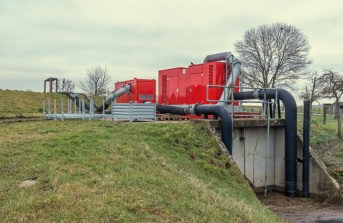
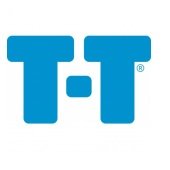
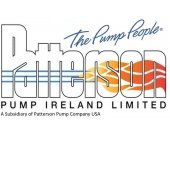
2.jpg&w=170&h=170)

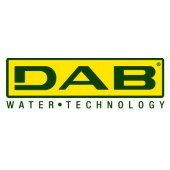

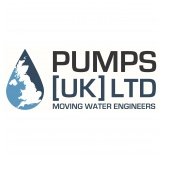


3.png&w=170&h=170)

1.png&w=170&h=170)